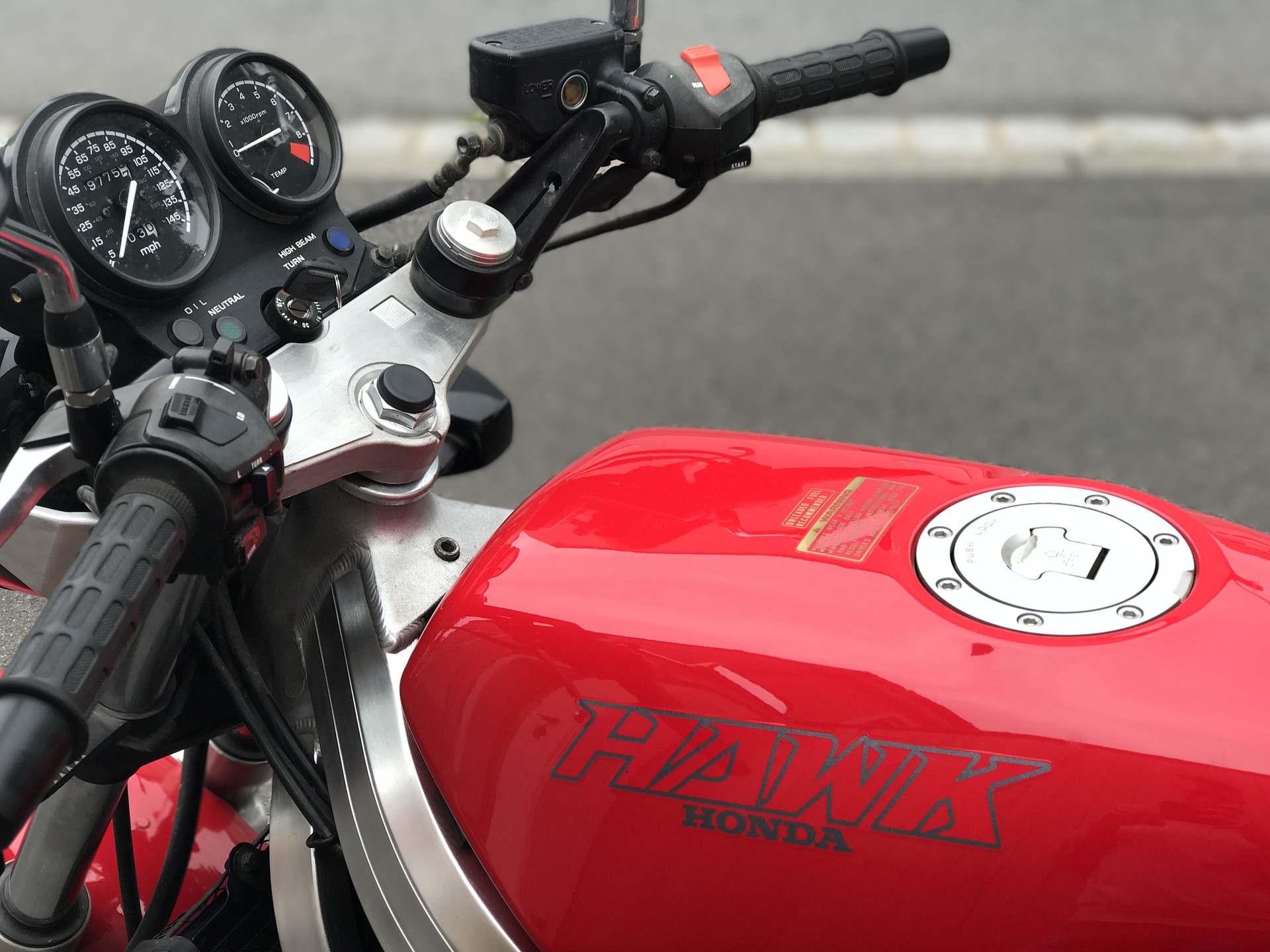Riders who believe a bike to be universally set up cannot be more wrong. There is a reason why those suspensions and handlebar levers are adjustable. Each rider might have his/her own preferences when it comes to these. Hence setting up your bike is as crucial as checking its condition before pulling it out of your garage.
Suspension

If you have paid your bike manufacturer to spoil you with an adjustable suspension set-up, utilise it. However, as easy as it might sound, setting it up is as much art as it is science, and perfection is not achieved quickly.
Most bikes these days at least have a preload adjustment setting for their bike. This can crucially help the bike adjust according to your body weight. The sag should be adjusted at a sweet spot where the fork is compressed a third of its total travel when you’re seated on the bike.
Before tweaking your suspension settings, make sure you are well aware of the factory base settings. This can be otherwise simply achieved by turning the clickers all the way in and out to find the total number of clicks.
Handlebars

This subtopic deserves a much need needed spot in our previous post about the mistake short riders make. Primarily, handlebars are round in diameter, which means they rotate as do most of the things that are attached to them.
Start by loosening the riser bolts and finding a good spot for the bar. Your reference point is the comfort of your chest, shoulders, wrists and arms. Once you’ve found the sweet spot, lock the bar down. It is important to see if your new handlebar does not touch the tank when turned all the way to its extremes.
Once the handlebar is done, move to the control pods. A lot of riders (even the experienced ones) can a lot of times be seen looking away from the road and onto the control pods. This might not be such a great idea at 200kph. Hence, rotate the cluster so that it’s in easy reach of your thumbs and are easily visible.
Levers

The lever perches can be loosened according to your comfort. As a point of reference, make sure that you are not squeezing the level with your wrists bent. This happens to be crucial in times of off-roading where you are expected to stand up, where a lower angle will be needed. The same goes for a bike where you are expected to tuck-in which might bend your wrist even more.
On a seconds note, a few levers have reach adjusters built in. It is wise to sit down and take some time to figure out your comfort with the levers. Some bikes have mirrors that are integral to the clutch and brake perches, and some do not. If your mirrors are independent, give them a rough adjustment after the levers are all set, and be prepared to fine-tune them out on the road.

